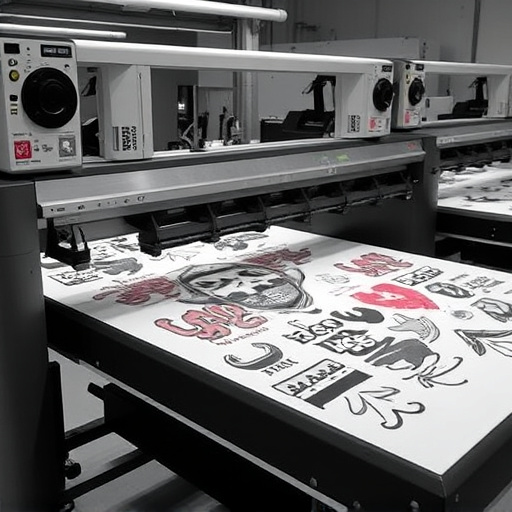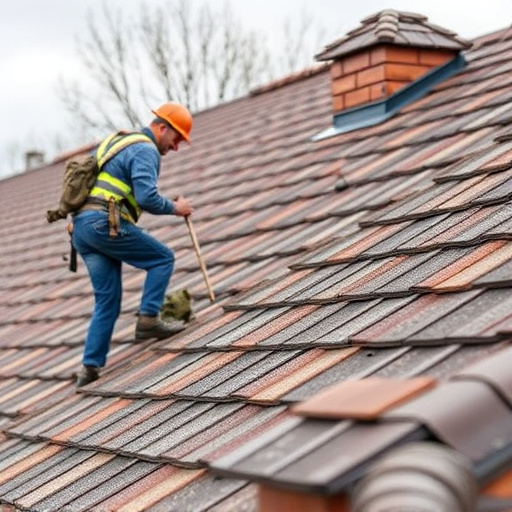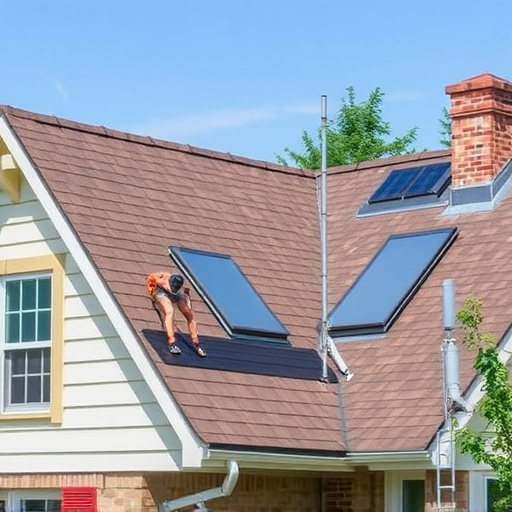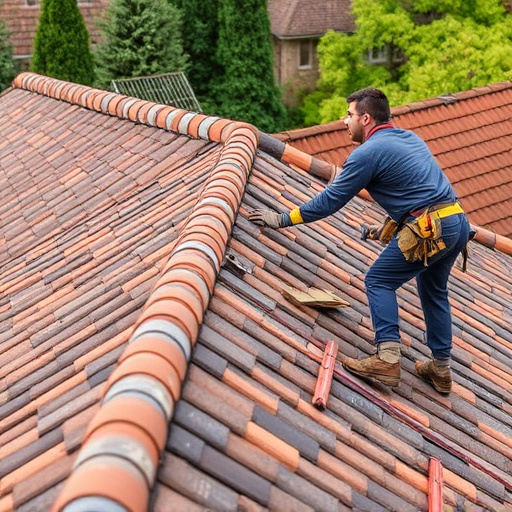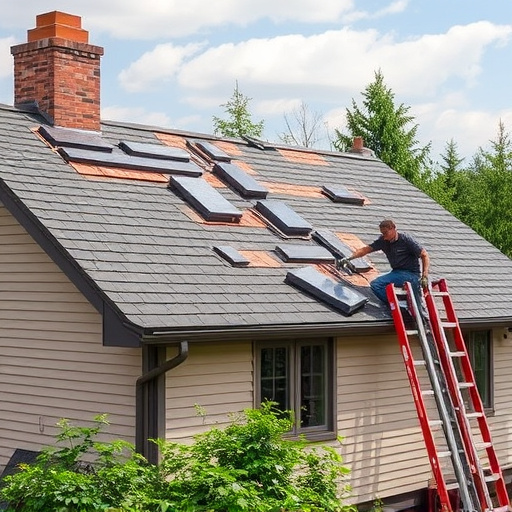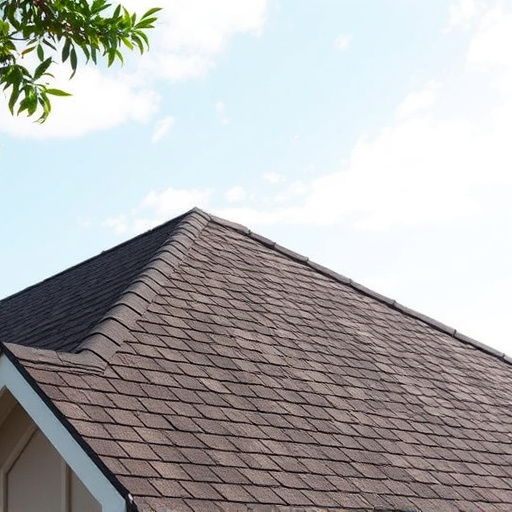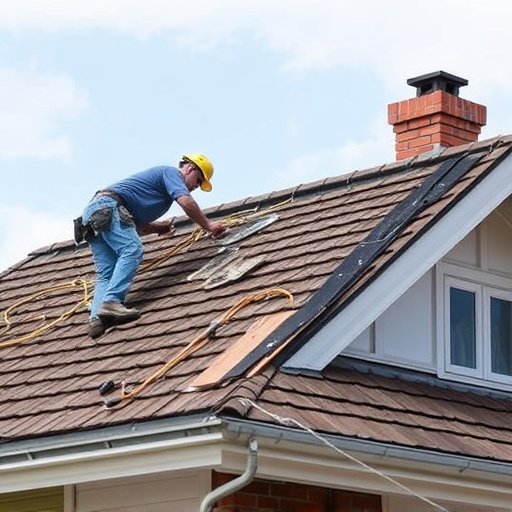New siding is a strategic investment for homeowners, offering swift utility bill reductions by providing efficient weather barriers that retain heat in winter and block excessive heat in summer. It enhances energy efficiency, reduces thermostat adjustments, and boosts curb appeal while unlocking long-term savings on roof repairs and replacements. As a cost-effective and environmentally friendly solution, new siding improves temperature regulation, lowers energy bills, and contributes to a greener future for both residential and commercial properties.
New siding isn’t just about enhancing your home’s curb appeal; it’s a strategic investment that can significantly reduce utility bills. This article delves into the science behind how modern siding improves energy efficiency, detailing the direct cost savings on heating and cooling. We’ll explore quick returns on investment and provide practical tips to measure the benefits of installing new siding. Discover how this simple upgrade can lead to substantial long-term savings.
- Understanding How New Siding Improves Energy Efficiency
- The Direct Impact of Siding on Lowering Heating and Cooling Costs
- Quick Returns: Measuring Savings from New Siding Installation
Understanding How New Siding Improves Energy Efficiency
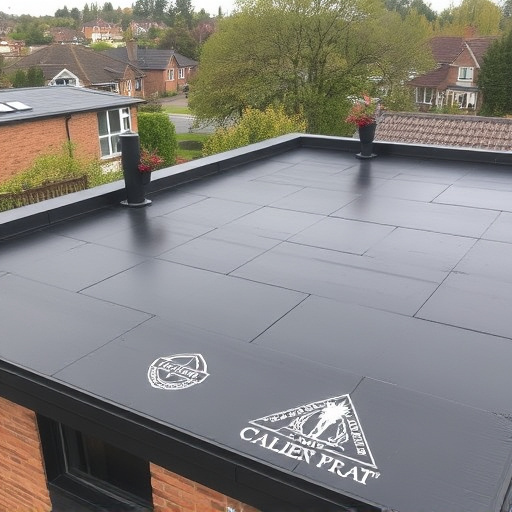
New siding is a smart investment for any homeowner looking to reduce their utility bills quickly. It acts as an effective barrier against the elements, sealing in heat during winter and keeping out excessive heat during summer. This simple upgrade significantly improves your home’s energy efficiency by reducing the workload on your heating and cooling systems.
Roofing and siding work together as a comprehensive roofing solution, with new siding providing better insulation than traditional materials. This means your home stays at a consistent temperature, reducing the need for constant adjustments to your thermostat. By addressing roof repair and replacing outdated siding, you’ll not only enhance your home’s curb appeal but also enjoy long-term savings on energy costs.
The Direct Impact of Siding on Lowering Heating and Cooling Costs
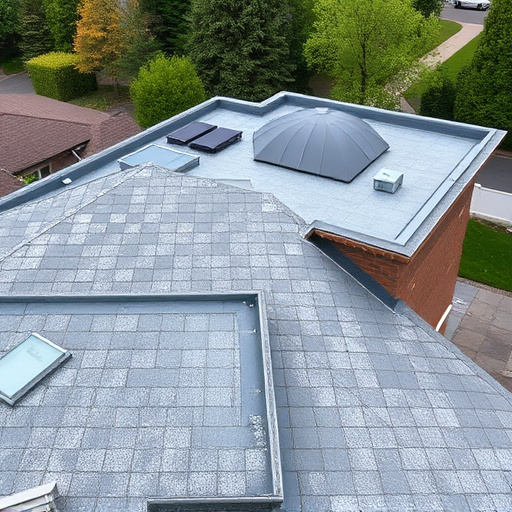
New siding plays a significant role in lowering heating and cooling costs for both commercial and residential properties. Its impact is twofold: it acts as an insulator, trapping heat during winter and keeping the interior cool during summer. This simple yet effective step significantly reduces the workload on HVAC systems, resulting in lower energy bills.
Moreover, modern siding materials are designed with advanced insulation properties, providing better temperature regulation compared to traditional options. By investing in new siding installation, homeowners and business owners alike can enjoy a more comfortable indoor environment while experiencing a noticeable decrease in their monthly utility expenses. This not only benefits the budget but also contributes to a greener, more energy-efficient future.
Quick Returns: Measuring Savings from New Siding Installation
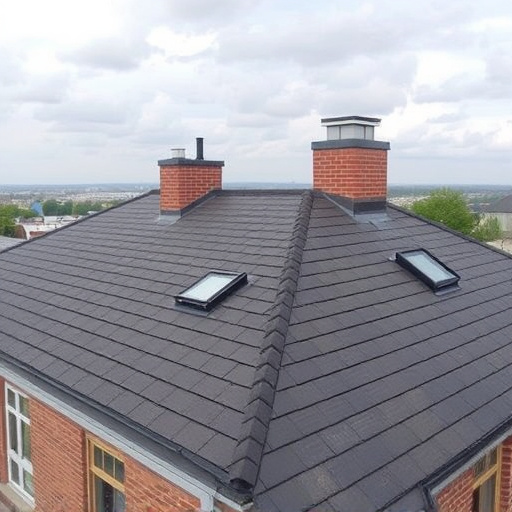
When considering new siding for your home, one of the most exciting aspects is the potential for quick returns on your investment. New siding isn’t just about enhancing your home’s curb appeal; it’s a strategic move to reduce utility bills and increase energy efficiency. Measuring the savings from this installation is straightforward. Typically, well-installed new siding acts as an additional barrier against temperature transfer, keeping your interior cool in summer and warm in winter. This simple yet powerful effect can lead to noticeable reductions in heating and cooling expenses within months of completion.
Furthermore, modern siding materials are designed with advanced technology, offering better insulation properties than traditional options. By choosing energy-efficient siding, you’re not just investing in a new look for your home but also in long-term savings. Over time, these savings can offset the initial costs of new siding installation and even contribute to significant returns on your investment, especially when compared to the expense of regular siding repairs or the need for a roof replacement.
Upgrading to new siding is a smart investment that offers quick returns in terms of energy efficiency. By effectively insulating your home and reducing heat transfer, new siding can significantly lower heating and cooling costs, leading to substantial savings on utility bills. This cost-effective solution not only improves the aesthetics of your property but also contributes to a more comfortable living environment. Embrace the benefits of modern siding to experience a noticeable difference in your energy expenditure and home performance.


